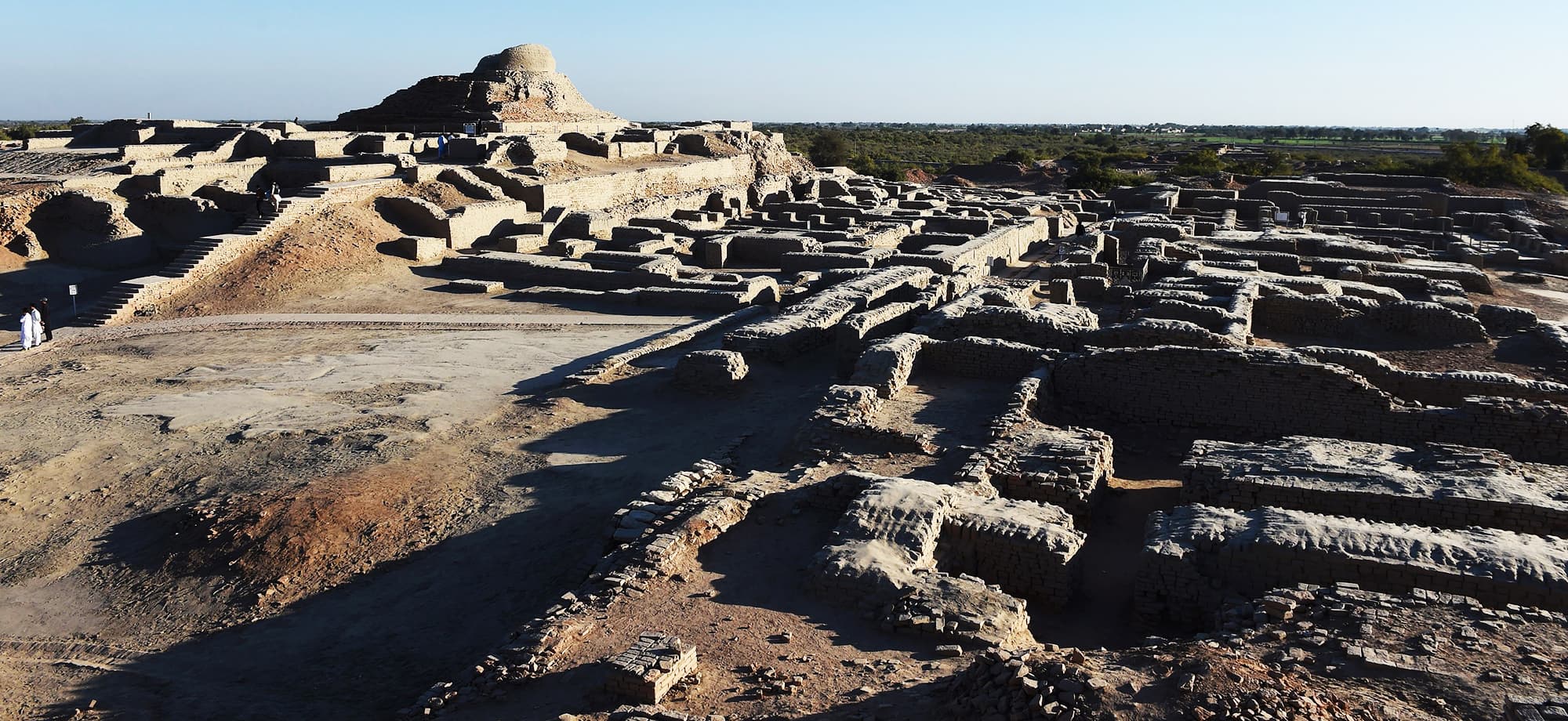Harappa: The Lost City of the Indus Valley Civilization
In the 1920s, an archaeological team led by British officer R.D. Banerji made a groundbreaking discovery in the Punjab region of modern-day Pakistan. They unearthed evidence of a lost city that was once part of the Indus Valley Civilization – one of the most mysterious and least understood civilizations in history. This lost city was eventually given the name Harappa, after one of the smaller sites found within its boundaries. For decades, researchers have puzzled over what caused the decline and eventual disappearance of this great civilization. Was it natural disaster? Invasion from outside forces? Or something else entirely? In this blog post, we will take a closer look at the Harappa civilization and try to answer some of these questions!
The Indus Valley Civilization was one of the largest and most widespread civilizations of the ancient world. Spanning an area from present-day Pakistan to northwest India, it is thought to have had a population of over five million people at its peak. The civilization was remarkable for its urban planning, engineering, and artistry – features which were on display at the city of Harappa.
The city itself covered over 150 hectares and was home to an estimated 30,000-60,000 people. It was laid out in a grid pattern, with wide streets and well-built houses. The houses were made of brick and had access to running water – a luxury for most ancient civilizations! The city was surrounded by a massive defensive wall, over two meters thick in places. Inside the city, there was a great deal of public space – including a large central plaza and several smaller ones scattered throughout the city.
The people of Harappa were also responsible for some of the most impressive engineering feats of the ancient world. They built a system of canals and dams to irrigate their crops, and a network of roads connecting the different parts of the city. The most famous example of their engineering prowess is the Great Bath – a large pool measuring 12 meters by seven meters, lined with bricks and waterproofed with bitumen. The Bath was likely used for religious rituals or as a public bathhouse.
The Harappans were a highly creative people, as evidenced by the many artifacts that have been found at the site. These include pottery, jewelry, and sculptures. The most famous example of Harappan art is the seal of a scribe with an elephant – which has become an icon of the civilization.
What is the Best source to visit theHarappa?
There are a few different ways to visit the ancient city of Harappa. One option is to take a private car or taxi. This can be a comfortable and convenient way to get around, but it can also be quite expensive. Another option is to hire a jeep. This is a great option for groups of friends or family, as it can be very affordable. However, it is important to note that the roads in and around Harappa can be very rough, so this may not be the best option for everyone. The best way to visit Harappa is to take a guided tour. These tours are led by experts who know the area well and can provide you with information about the history and culture of the city. While they can be slightly more expensive than other options, they are definitely worth the money.We can get there byFoot, By horse, By bike, By car, By train, On an airplane, Or even by hot air balloon! There are many ways to get places. Some take longer than others and some are more fun than others. But in the end, as long as we get there safely, that's all that matters. So how will you get there? The choice is up to you!
How to travel to Harappa?
Harappa is a popular tourist destination, and there are several ways to travel to the city. One option is to fly into the nearest airport, which is located in Lahore. From there, it is a short drive to Harappa. Another option is to take a train from New Delhi or Mumbai. The journey takes around 24 hours, but it is a convenient option if you are already in India. Finally, you can also take a bus from Islamabad, which takes around 8 hours. Whichever method you choose, make sure to allow yourself plenty of time to explore this amazing city.
The Harappan civilization was one of the most advanced of its time. So what caused its sudden decline? Unfortunately, we may never know for sure. Some theories suggest that the civilization was hit by a series of natural disasters, such as floods or droughts. Others believe that it was invaded and conquered by people from the outside. Whatever the case may be, the fact remains that the Harappans were a highly skilled and creative people who left behind a legacy that still puzzles and intrigues us today. Thanks for reading! I hope this gives you a better understanding of the lost city of Harappa.
Do you have any questions or comments? Please feel free to leave

